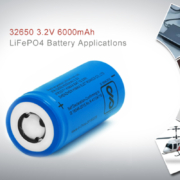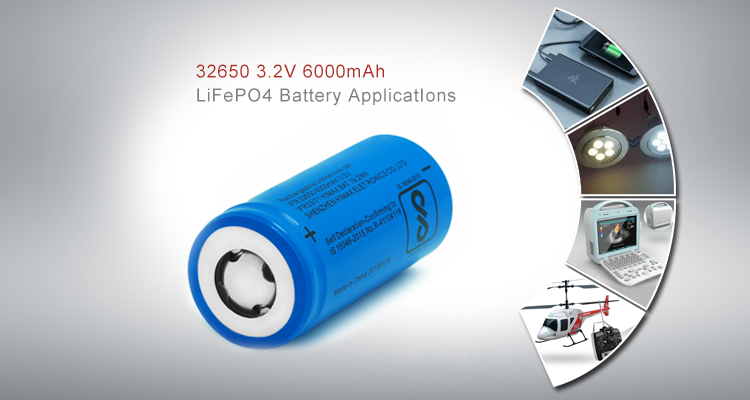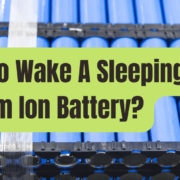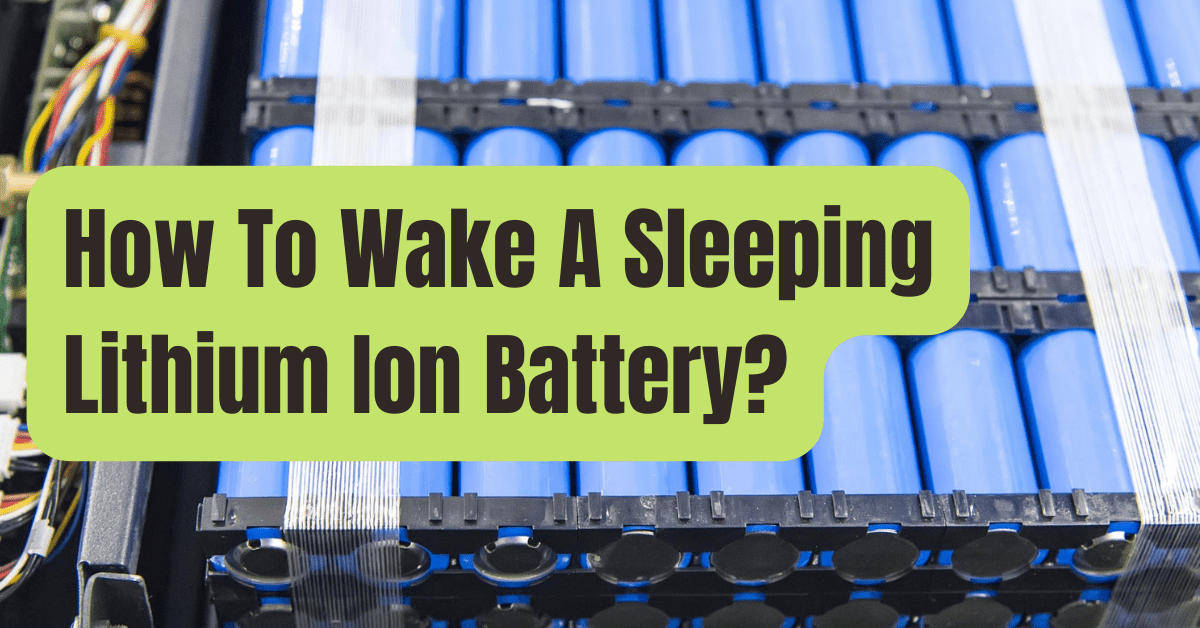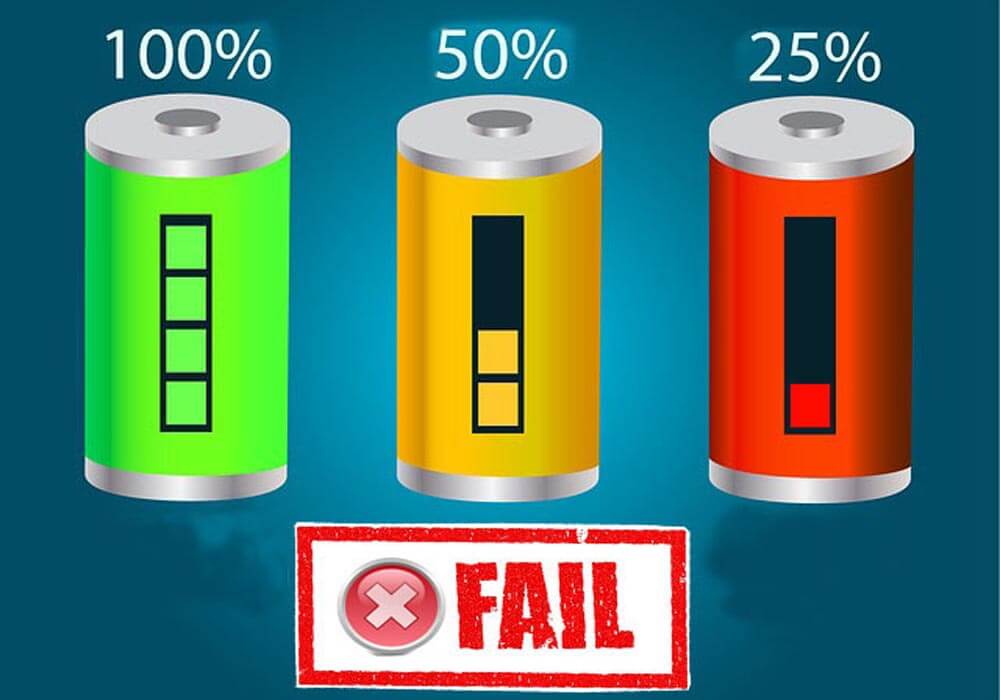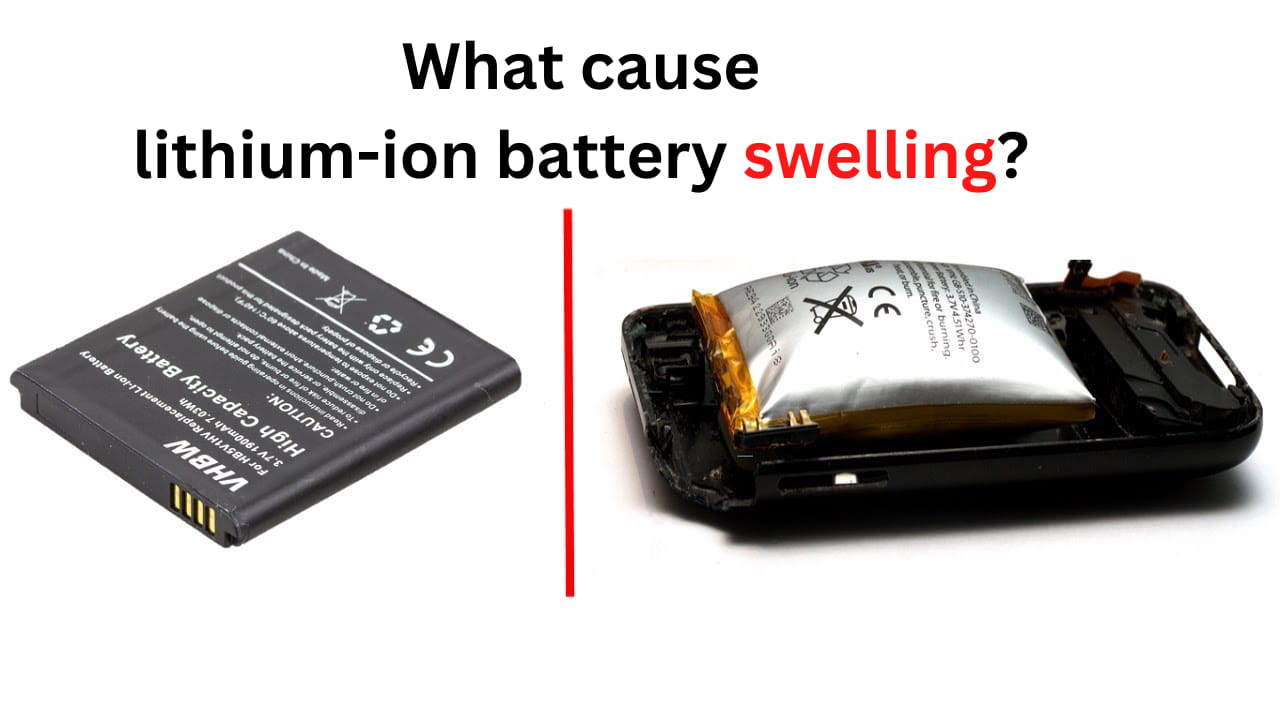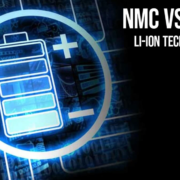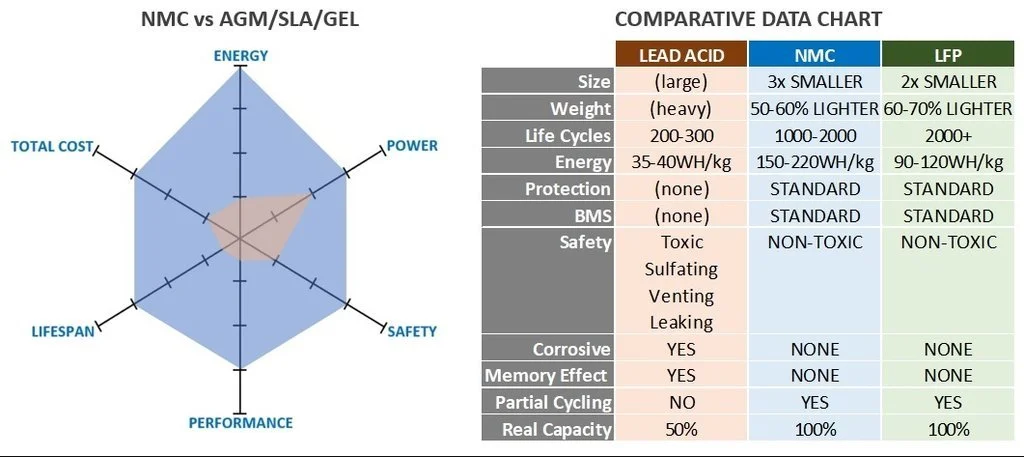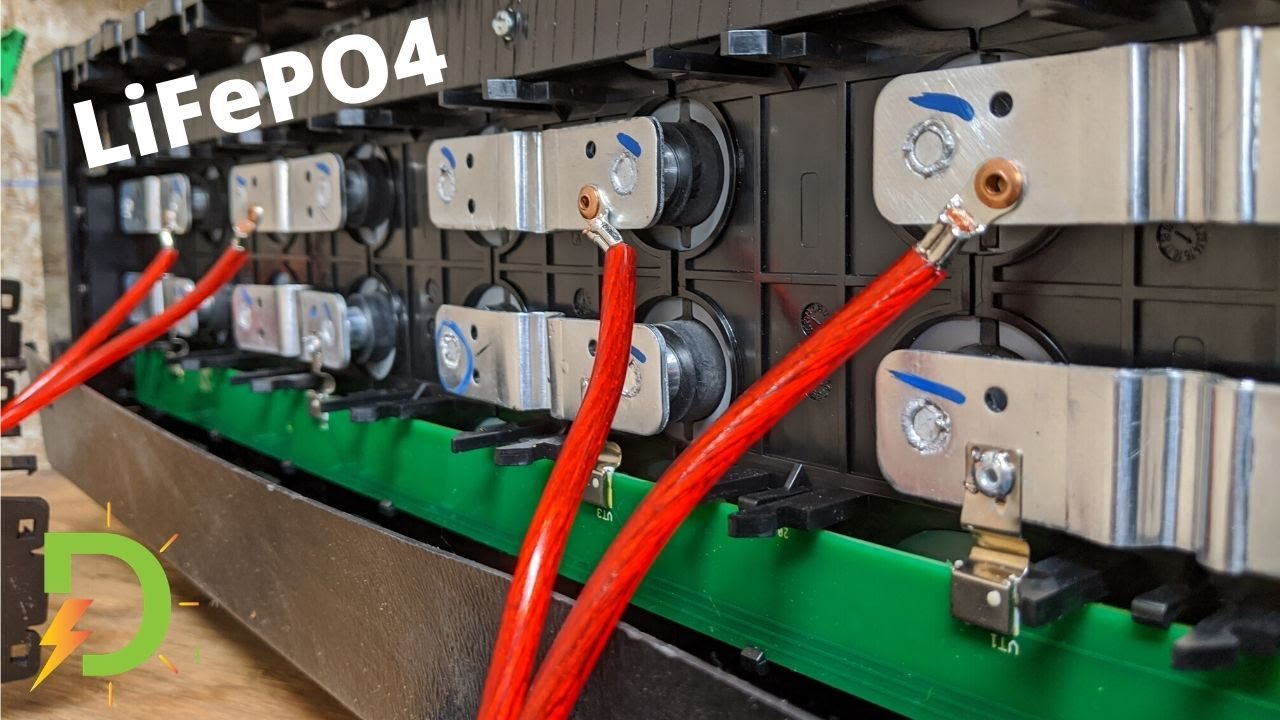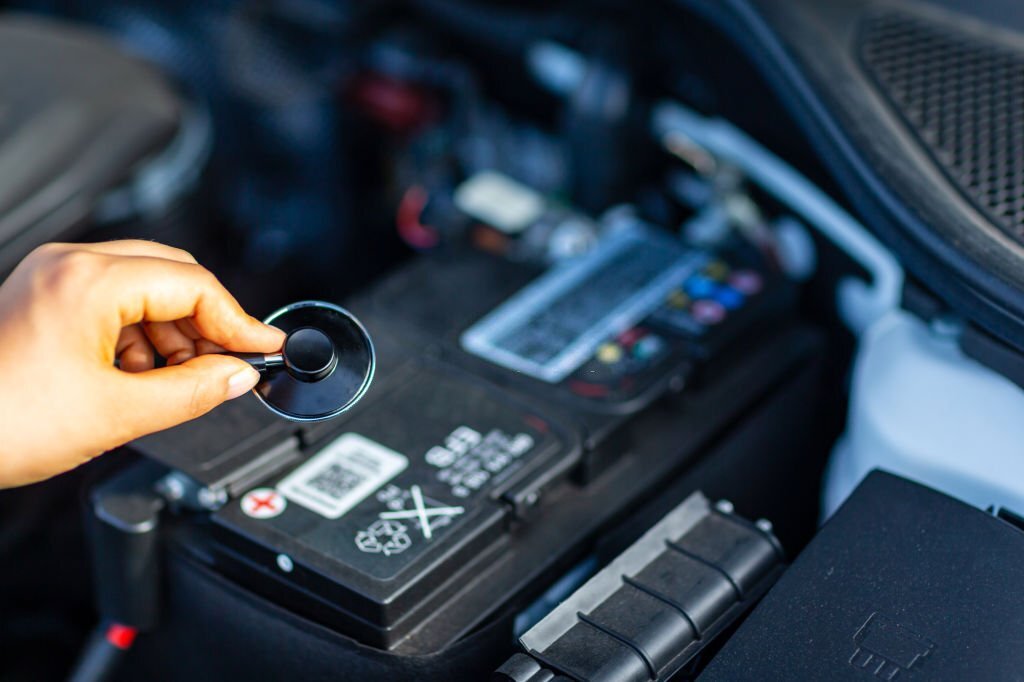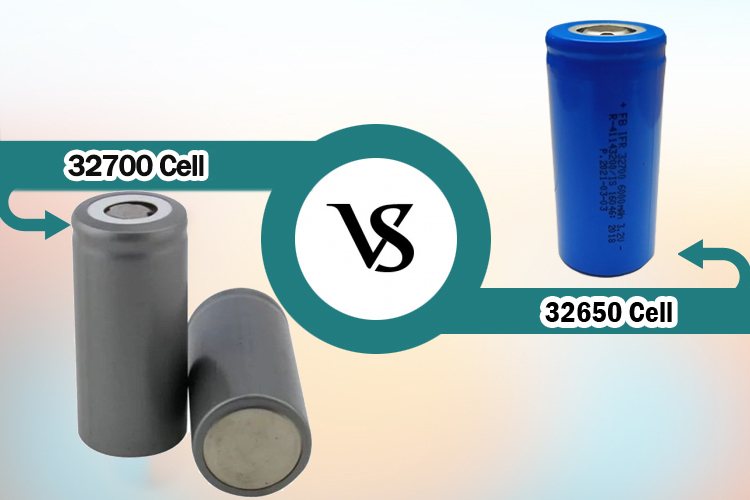¿Cuánto duran las pilas lifepo4?
Las baterías LiFePO4 son baterías de iones de litio que han ganado popularidad en los últimos años por su alta densidad energética y su excepcional seguridad. Si se cuidan adecuadamente, pueden durar más de diez años. En este artículo, veremos la vida útil de las baterías LiFePo4 y algunos consejos para alargarla.

Baterías LiFePO4
¿Cuáles son los componentes básicos de las baterías LiFePO4?
Las celdas, que tienen un ánodo de grafito y un cátodo de fosfato de hierro y litio, son las partes esenciales de una batería LiFePO4. Las celdas se introducen en un contenedor tras conectarse mediante una solución electrolítica. También es necesario un sistema de gestión de la batería (BMS) para que las baterías LiFePO4 sigan y controlen el flujo de electricidad dentro de la batería.
¿Cuáles son las ventajas de las baterías LiFePO4?
Las principales ventajas de las baterías de LiFePO4 son su alta densidad de potencia, su baja tasa de autodescarga y su buena estabilidad térmica. Estas características las hacen idóneas para aplicaciones que requieren un uso frecuente e intensivo, como los vehículos eléctricos o los sistemas de almacenamiento de energía solar. Además, la química de las células LiFePO4 es mucho más segura que la de otras baterías de iones de litio, por lo que son menos propensas a incendiarse en caso de accidente o avería.
¿Cuáles son los tipos de baterías LiFePO4?
Existen varios tipos de baterías LiFePO4, entre ellos:
Pilas prismáticas LiFePO4: Estas baterías tienen una forma rectangular plana y suelen utilizarse en aplicaciones en las que el espacio es un problema.
Pilas cilíndricas LiFePO4: Estas pilas tienen forma cilíndrica y suelen utilizarse en aplicaciones que requieren una mayor densidad energética y una vida útil más larga que las pilas prismáticas.
Bolsa Pilas LiFePO4: Estas pilas tienen un envoltorio blando en forma de bolsa y son flexibles, lo que las hace ideales para aplicaciones que requieren un factor de forma flexible.
Baterías modulares LiFePO4: Estas baterías se componen de varias baterías más pequeñas conectadas en serie o en paralelo para proporcionar la tensión y la capacidad deseadas.
Baterías LiFePO4 personalizadas: Estas baterías están diseñadas para satisfacer las necesidades específicas de los clientes y pueden adaptarse a aplicaciones concretas.
Cada tipo de batería LiFePO4 tiene ventajas y desventajas únicas. La elección del tipo dependerá de los requisitos específicos de la aplicación. Por ejemplo, una batería prismática puede ser la mejor opción si el espacio es limitado. Por el contrario, una batería de petaca puede ser la mejor opción si se requiere un factor de forma flexible.

¿Cuáles son los factores determinantes de la vida útil de las baterías LiFePO4?
Varios factores, como la calidad de la batería, las condiciones de funcionamiento, el uso y el mantenimiento, y las condiciones de almacenamiento, determinan la vida útil de una batería LiFePO4. Las baterías LiFePO4 de alta calidad son más fiables y tienen una vida útil más larga que las de baja calidad. Del mismo modo, las condiciones de funcionamiento, como la temperatura, la humedad y las vibraciones, pueden afectar a la vida útil de la batería. El uso de la batería en las condiciones de funcionamiento especificadas y su mantenimiento regular pueden ayudar a prolongar su vida útil. Unas condiciones de almacenamiento adecuadas, como evitar temperaturas extremas y mantener la batería completamente cargada, también son cruciales para maximizar la vida útil de la batería.
Ejemplos reales de duración de baterías LiFePO4
En el mundo real, las baterías LiFePO4 se utilizan en diversas aplicaciones, como vehículos eléctricos, almacenamiento de energía solar y aplicaciones marinas. Las baterías LiFePO4 pueden durar varios años y miles de kilómetros en coches eléctricos. Las baterías LiFePO4 pueden ofrecer un rendimiento fiable durante más de diez años en el almacenamiento de energía solar. Y en aplicaciones marinas, las baterías LiFePO4 pueden durar varias temporadas, dependiendo del uso y el mantenimiento.
Consejos para maximizar la vida útil de las baterías LiFePO4
Maximizar la vida de su batería LiFePO4 es una parte esencial de poseer una. Una carga adecuada es fundamental para garantizar el mejor rendimiento y la mayor duración de la batería. Estos son algunos consejos que le ayudarán a conseguirlo:
Carga adecuada
En primer lugar, asegúrese de cargar siempre la batería con el voltaje y la corriente correctos. Esto dependerá del tipo de batería LiFePO4 que tenga, así que asegúrese de comprobar las especificaciones del fabricante antes de cargarla. Además, evite sobrecargar o infracargar su batería, ya que esto puede causar daños y reducir su vida útil.
Temperatura óptima de funcionamiento
Para maximizar la vida útil de una batería LiFePO4, es esencial mantenerla dentro de su rango óptimo de temperatura de funcionamiento. Por lo general, este intervalo oscila entre 20 °C y 40 °C. Mantener la batería a estas temperaturas o por debajo de ellas contribuirá a prolongar su vida útil.

Mantenimiento periódico
Un mantenimiento regular, como comprobar el voltaje de la batería y limpiar sus terminales, también puede ayudar a mantenerla en buen estado. En segundo lugar, compruebe siempre con regularidad si el cargador presenta signos de desgaste o mal funcionamiento. Un cargador defectuoso podría provocar una sobrecarga o una carga insuficiente, lo que podría dañar permanentemente las celdas de la batería.
Almacenamiento adecuado
Guarde la batería en un lugar fresco y seco, alejada de la luz solar directa y de temperaturas extremas, y manténgala completamente cargada. Esto ayudará a mantener la carga de la batería y evitará que pierda capacidad con el tiempo debido al calor.
En conclusión
La vida útil de una batería LiFePO4 depende de cómo se utilice y almacene, así como de las condiciones ambientales presentes. Por término medio, las baterías LiFePO4 pueden durar hasta 10 años o más con un cuidado y mantenimiento adecuados. Factores como la temperatura de almacenamiento y la profundidad del ciclo también influyen en la longevidad de la batería.


